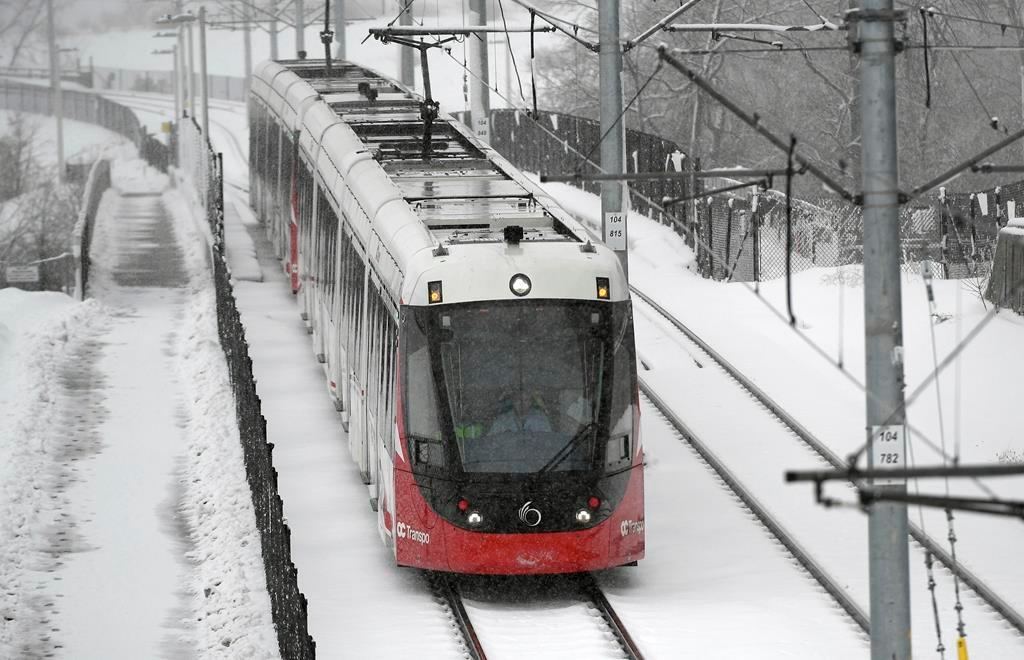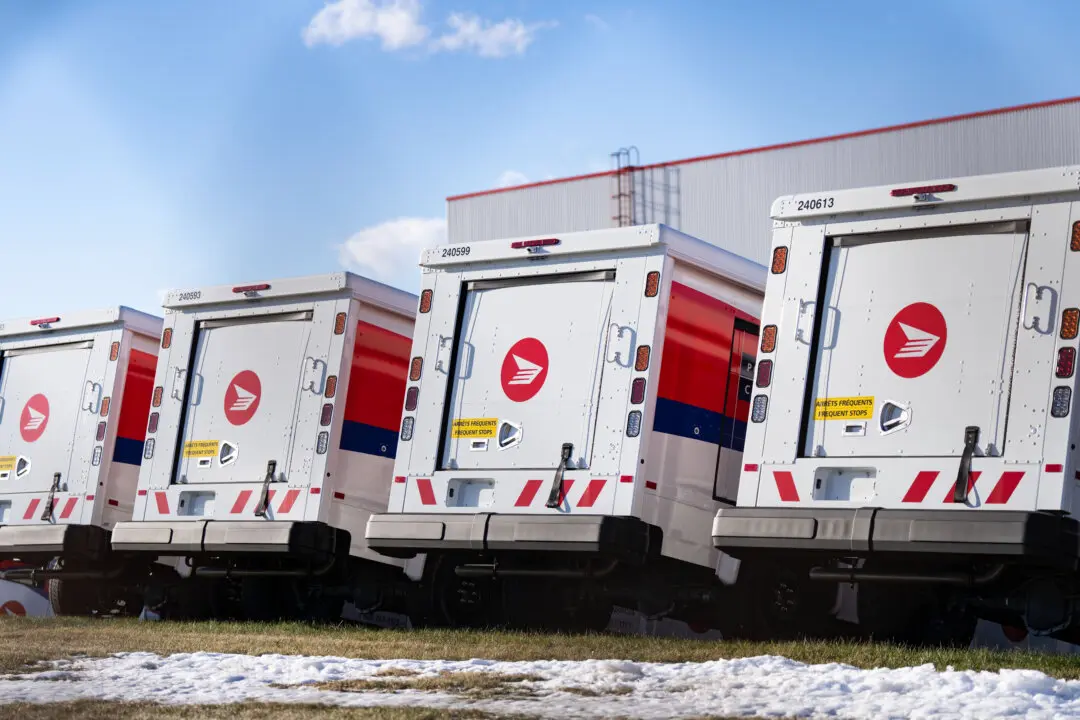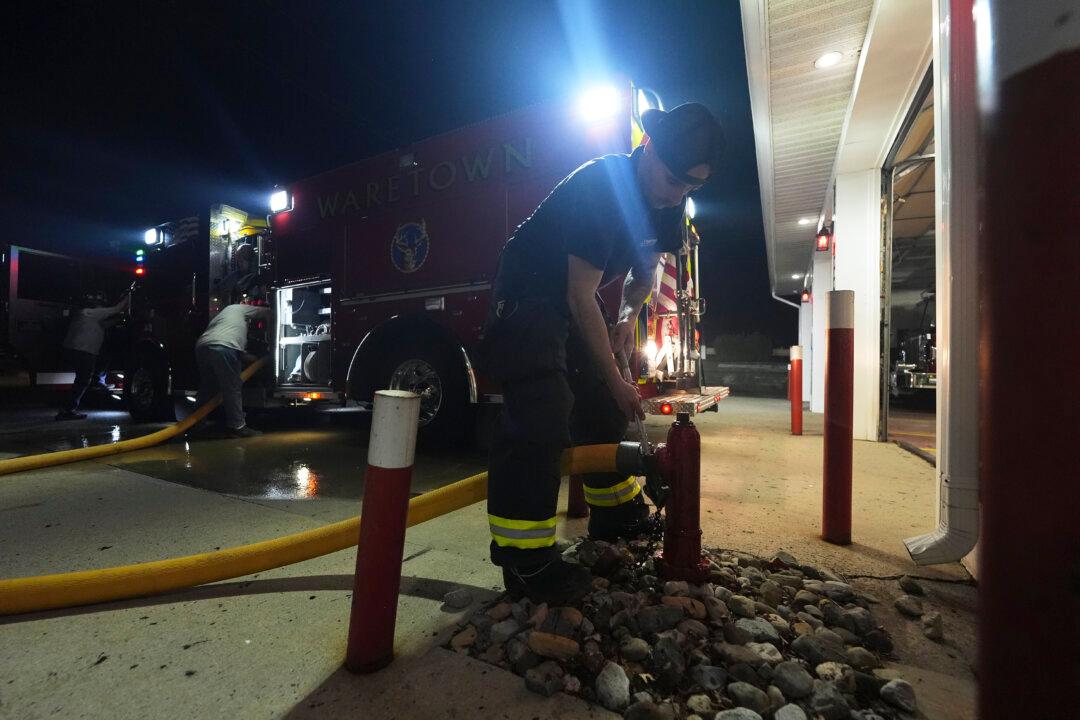OTTAWA—Many transit riders in Ottawa were left out in the cold during a heavy snowstorm after serious power issues on the city’s light-rail system slowed service to a snail’s pace Thursday.
The system needs 13 trains to run at full service but at some points during the morning rush hour only six were working—leaving thousands of passengers with a long and crowded commute.





